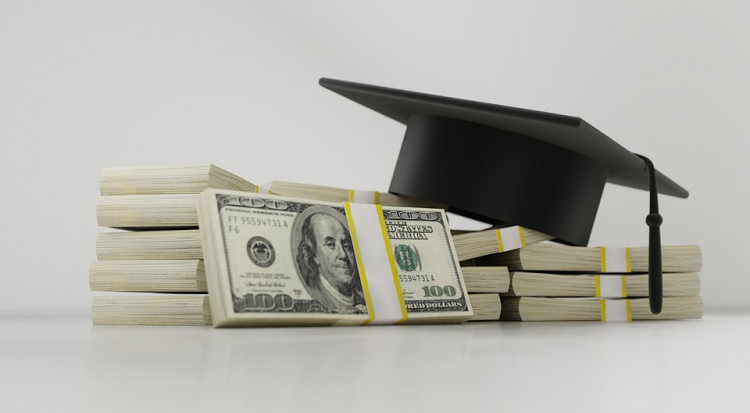The Biden administration has embarked on a strategic plan to potentially forgive the loans of borrowers who are facing "financial hardship." This initiative emerges in the aftermath of the Supreme Court's decision to invalidate President Joe Biden's initial proposal to cancel up to $400 billion in student loans, propelling the administration to tailor its approach towards specific demographics, notably those whose loan balances have surpassed their initial borrowing amount and students from institutions with dubious reputations.
The U.S. Department of Education has announced an additional rulemaking session scheduled for February 22 and 23, dedicated to refining the criteria for what constitutes financial hardship in the context of student loan forgiveness. This forthcoming session is pivotal as it aims to delineate the parameters for eligibility, potentially drawing inspiration from the stringent standards applied to bankruptcy cases involving student debt.
Typically, for borrowers to discharge their student loans through bankruptcy, they must demonstrate "undue hardship," characterized by an inability to sustain a minimal standard of living, a bleak financial prognosis, and a history of earnest efforts to repay the loans.
Amidst these deliberations, the Department has hinted at utilizing a range of indicators to identify financially distressed borrowers. This includes those who have received Pell Grants, indicative of financial need, or those eligible for health insurance subsidies under the Affordable Care Act. There's also consideration for factors like the borrower's debt-to-income ratio and the financial constraints faced by older borrowers with limited incomes.
A crucial aspect of this initiative is the Department's inclination to leverage existing government data to streamline the identification process of eligible borrowers. This approach prioritizes administrative efficiency and aims to circumvent the complexities associated with capturing individual hardships, such as significant medical or childcare expenses.
The reliance on readily available data from federal agencies, such as the U.S. Department of Veterans Affairs and the Social Security Administration, could facilitate the identification of borrowers with disabilities or those living in poverty.
Moreover, the administration is contemplating adjustments to the government's collection practices for student loan borrowers. This includes reassessing measures like wage garnishment and the seizure of Social Security benefits, which have been criticized for exacerbating the financial woes of already struggling individuals. In a move towards a more compassionate approach, the Education Department has recently simplified the process for borrowers seeking to discharge their student loans through bankruptcy, acknowledging the undue burden that the existing system imposes on many.
As the Biden administration forges ahead with its student loan forgiveness agenda, borrowers should be aware of two critical dates. First, the deadline to consolidate non-Direct loans through the federal Direct loan program is April 30, a step necessary for some to benefit from income-driven repayment (IDR) loan forgiveness.
Additionally, the Department of Education's updated IDR application, inclusive of the new Saving on a Valuable Education (SAVE) Plan, is now accessible. The second key date is July 1, marking the anticipated conclusion of the Department's IDR Account adjustment program, which promises to automatically apply adjustments to all eligible Direct loans and FFEL Program loans managed by the Department at that time.






